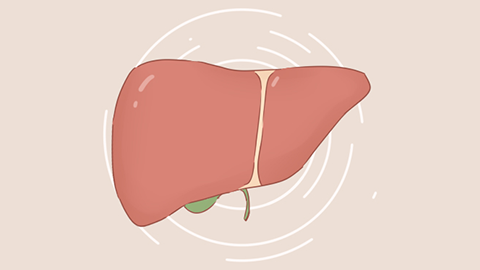Can ALT levels of 80 U/L decrease naturally after a few days of rest?
Generally, the normal range for transaminase levels is between 0-40 U/L. Whether elevated transaminase levels (up to 80 U/L) can return to normal after a few days of rest mainly depends on the cause of the elevation. If the elevation is caused by physiological factors, it usually can decrease naturally. However, if it is caused by pathological factors, it may not resolve spontaneously. If the levels remain elevated, timely medical consultation is recommended. Detailed explanations are as follows:

If the elevation in transaminase levels is due to physiological factors, such as intense physical exercise, staying up late, or alcohol consumption, transaminase levels typically decrease gradually to normal levels after a few days of rest. However, it is important to promptly improve unhealthy lifestyle habits, such as ceasing strenuous exercise, getting adequate rest, and abstaining from alcohol consumption.
However, if the elevation in transaminase levels is due to pathological factors, such as viral hepatitis, fatty liver disease, or autoimmune liver disease, resting alone usually cannot restore transaminase levels to normal. Timely treatment targeting the underlying cause is necessary, and transaminase levels may gradually decline once liver function and hepatocytes return to normal.
Therefore, it is recommended to promptly identify the cause of elevated transaminase levels and formulate an appropriate treatment plan based on the underlying cause to avoid delaying diagnosis and treatment. Additionally, regular follow-up during treatment is necessary to monitor disease progression in a timely manner.






